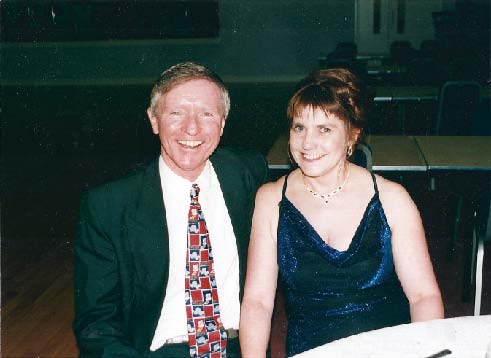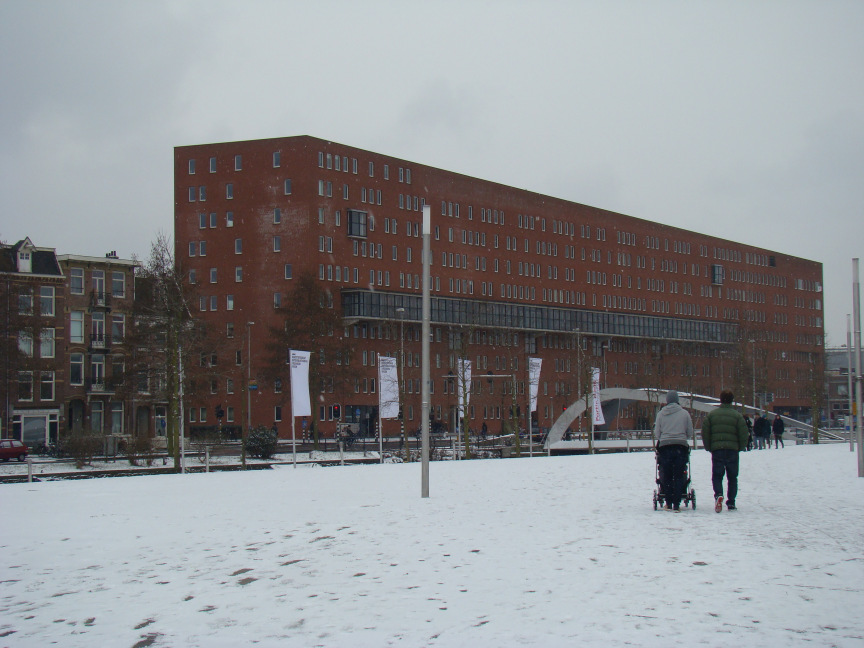10 September 2000
Dear Dora and Ian
As you know last weekend was our wedding anniversary, our 26th. We went to the market in St Albans in the morning then decided to go back to Old Warden to the Shuttleworth Museum to follow up a car we found last time we were there. We are pretty sure it is one of the cars driven and worked on by my grandfather, Arthur Tearle, when he worked for Lord Rothschild. It is an 1897 Panhard Levassor and was owned by Lord Rothschild at Wing …. it was even loaned to King Edward V11 to drive him to the races at Ascot in the early 1920s.
Anyway, while we were talking to staff about the car, there was suddenly a roar in the sky. We rushed outside to find a Spitfire doing a beat up of the airfield. We watched while it performed a series of aerobatics over the airfield and then came into land right in front of us. We had been told to wait “for a man called Ken wearing white overalls who was refuelling planes” so we could ask about the car. Elaine saw someone matching his description so she hopped under the barrier to talk to him.
It turned out they were having a problem with the fuel tank so they called a few guys to help to push the Spitfire into the hangar so I went to help. This left Elaine to walk back to the hangar with the pilot. It turned out that he and four other Spitfires had been flying for a couple of days at Eastbourne assisting an American movie called “Pearl Harbour” to be released later this year. The movie will tell the story of how the Americans won the Battle of Britain – according to the pilot. He had had fun doing lots of aerobatics but said the Spitfire was pretty heavy to fly so he had come back very tired.
When we got into the hangar most of the other civilians had drifted away and Elaine and I were left with three ground crew who look after the plane. Elaine told them that her dad’s friend Maurie Andrews had flown Spitfires in The Battle of Britain so they were very happy to talk to us and show us the plane. Shuttleworth is full of enthusiasts, mostly volunteers. I asked if they would allow Elaine get into the cockpit. They told me this was not usually allowed but they looked around, and seeing we were the only civilians, they closed the hangar door, told her to take off her jacket and watch so nothing would catch on any part of the plane, opened the door and assisted her up onto the wing and then into the cockpit. I took several really good photos of Elaine sitting in that cockpit. You could see she loved every minute of it! Sitting in a Mark Vc Spitfire.
After leaving Shuttleworth we explored the beautiful little village of Old Warden and photographed its extraordinarily beautiful cottages, many of which are thatched, and then found the local church – a really gorgeous old Norman church with some of the most beautiful stained glass windows we have seen in England and deeply carved wooden pews. A lot of the carving had orginally been purchased from the bedroom of Anne of Cleaves, one of Henry V111’s wives.
The area was originally owned by Lord Ongley and later purchased by the Shuttleworth family, Joseph actually. He built up a huge estate, the home is now Shuttleworth College (a tertiary college) and the Shuttleworths had two sons. Frank was given the estates in Bedfordshire (where we were), his brother was given he family estates in Lincolnshire that we have not yet seen.
Frank Shuttleworth married Dorothy when he was 57 and she was 23 and they had one child only, Richard. Richard was very sporting and flew aeroplanes and raced racing cars extremely successfully. He went to the war as a pilot and although this little district sent about 70 of its young men to war and only 4 were killed, Richard, the only child of the lord of the manor, was one of them – killed on a test flight for a new aircraft. The little St Leonards Church at Old Warden is full of huge, beautiful, stained glass windows donated by his mother as memorials to him, his father and grandfather. S
he also added the little church foyer and door in his memory. His mother also bought and built the Shuttleworth Museum to house his plane and car collections which have subsequently been added to. All a wonderful tribute by a mother for her only son. We also found the Shuttleworth family graves.
So, we went back to the Shuttleworth airfield on Sunday afternoon to see the Spitfire Elaine sat in last week flying and lots of other WW1 aircraft, mainly bi-wing aircraft and one tri-wing. I have taken lots of photos. An excellent way to spend our 26th wedding anniversary weekend.
That Sunday morning we went to Welwyn Garden City where I ran the Garden City 10 (a ten mile race which I also ran last year). It was quite cool in the morning but turned into a lovely day and nowhere near as hot as last year. We packed up our picnic and rug with all our souvenir badges from this trip, our incentive to have fun … and headed to Welwyn Garden City. Elaine found a good spot to wait and watch the runners prepare then I set off with all the others, about 575 of them!
I ran about 4 minutes off my last year’s time for the same course and came in 42ndVeteran runner in the M50 class. A lot of veterans run in this race, it is the Hertfordshire Championships and British Champions also compete so times are very fast. The top time was just over 51 mins so my time of 72:27 min was not bad and it was nice to have an improvement on last year. Another thing I was pleased about was that only 12 women beat me and none of them were W50 or older. Most of the people who run are from clubs. I took 208th place over all, which is ok for someone running only his third competitive race.
People were still finishing the race when we left just on two hours after I finished. I always does a sprint finish and I heard the race commentator say, “We never usually see sprint finishes like this he said, and from an unattached runner!” (meaning not a club runner). It paid off though, because I passed a vet in that sprint … so I was 43rd instead of 44th. People come from all over the south east to race. We heard of people from clubs in London and the Lake District as well as all the other areas within about a 2hrs drive.
I have signed up for the Cabbage Patch 10, which is a 10-mile race run by the Cabbage Patch pub in Twickenham, that’s the weekend after next. On 15 October we are off to stay with Jack and Kate Dalgliesh in Leicester for the weekend. Remember that we stayed with them for a few days earlier in the year and went to Bosworth Field to see where Richard III met his end.
This time I shall be running the Denstone ½ marathon. Denstone is in Staffordshire a little north of Uttoxeter and a little east of Stoke-on-Trent. It looks like three houses and a tent on the map and since the listing says H for hilly, I guess it will be interesting countryside, and I won’t be looking for too quick a time … I have also signed up for next year’s London Marathon. I know … daft. However, they don’t tell me I’ve been accepted to race until December, so I can’t say until then whether or not I’ll actually be running. I am looking forward to it, though.
The days are positively balmy, even warm, and there hasn’t been much rain; a very nice late summer going into autumn. The trees are just turning colour even though there have been no frosts around here yet and the coolness one associates with autumn hasn’t snapped in. We have a beautiful big bushy Superstar rose that has a dozen large flowers on it and Elaine’s impatiens are in full and glorious flower. One of the things that is always so surprising about England is how vigorously everything grows – like a tropical garden – and how intensely the plants cram their flowers onto every available twig.
We’ve been researching our ticket home. Believe it or not, we’re going to buy our ticket from a NZ travel agent because it will cost us less than HALF what it would cost to buy the same ticket here. The same ticket … it boggles the mind, doesn’t it? At the moment it looks like we arrive in NZ on Sun 17 Dec and leave on Fri 12 Jan, but all that still has to be confirmed.
No doubt you’ve heard about our strikes and blockades over the cost of fuel? Elaine says that there are very long queues outside petrol stations. We are ok for the next week or so because our tanks are full and we run little cars, but if things drag on, life could get a little stark if we can’t go to work and therefore don’t get paid. It’s never dull here!
Lots of love
Ewart and Elaine




